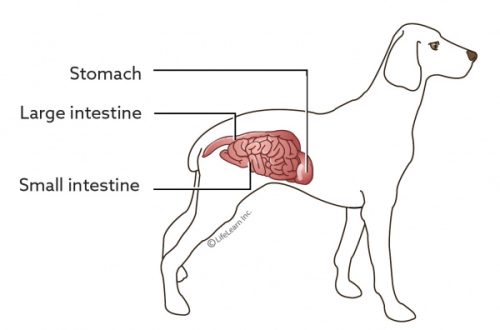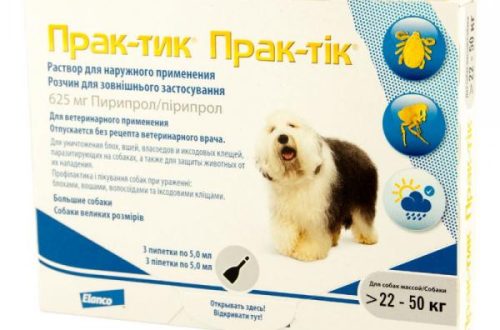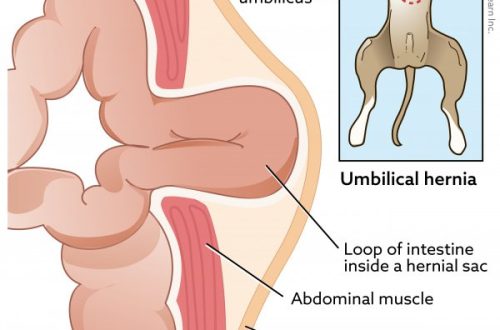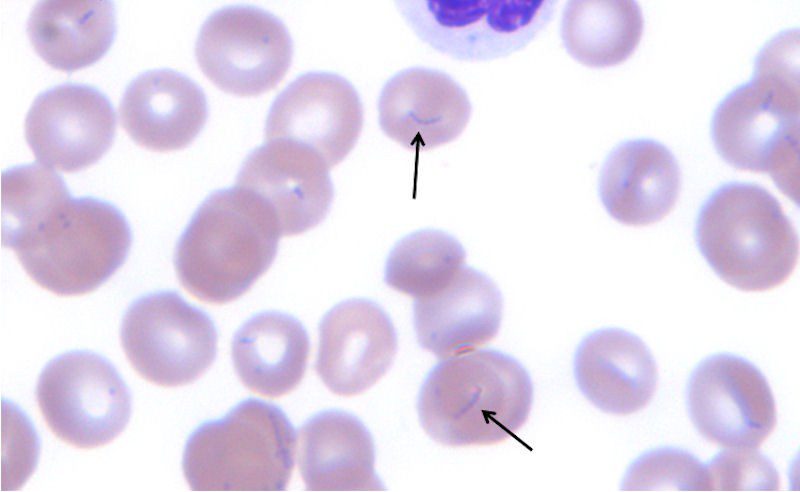
Mycoplasmosis in dogs
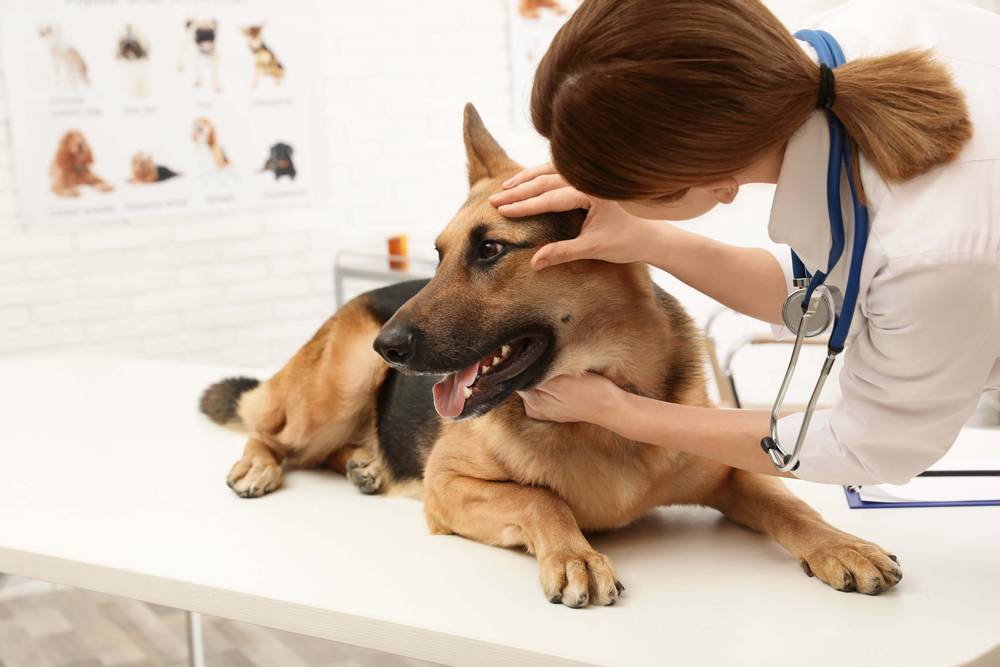
Contents
Reasons for infection
Cause of this disease — single-celled microorganisms that do not have their own cell wall — mycoplasmas (lat. Mollicutes). By structure, mycoplasma is closer to viruses, but according to modern nomenclature, it belongs to bacteria. The class of mycoplasmas is numerous, however, in each animal species, only its own species-specific mycoplasma can cause clinical symptoms of the disease, while the rest are conditionally pathogenic (they can only be harmful as part of a complex infection) or saprophytic (completely harmless to dogs, they just live without harming each other), also mycoplasmas can live outside living organisms.
According to current data, mycoplasmas pathogenic in dogs are as follows:
M. canis (mainly urogenital symptoms);
M. synos (respiratory symptoms).
Also isolated in dogs: M. vovigenitalium, M. canis, M. synos, M. edwardii, M. feliminutum, M. gatea, M. spumans M. maculosum, M. opalescens, M. molare, M. Arginini, which can participate in the development of secondary infection.
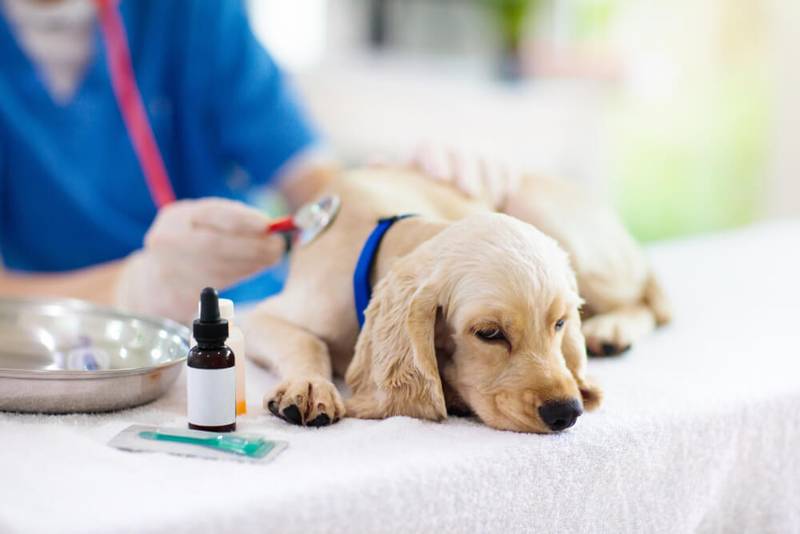
Symptoms of mycoplasmosis
Mycoplasmosis in dogs — a disease that is very difficult to detect. Making such a diagnosis, as well as the role of laboratory-detected mycoplasmas in each specific clinical situation, requires care and consistency of actions both on the part of the animal owner and the veterinarian. A special place is occupied by the problem of mycoplasmosis in dogs in veterinary neonatology, because mycoplasma is almost always isolated from dead newborn puppies, aborted bitches, inflammation of the uterus, and aspermia. The question of how primary the role of mycoplasmas in these processes is still the subject of controversy in the veterinary community.
Life story: a dog, a spaniel Radu, is brought to the clinic, she is 8 years old, she is sterilized and vaccinated.
According to the owners: after returning from a dacha in the Moscow region (and there was digging holes in the sand, and swimming in a pond, and long walks in rainy weather, and friendship with local dogs that did not look healthy, and cats and mice) owners noticed at first scanty mucous, and later abundant purulent discharge from Rada’s left eye.
Following the advice of the neighbors, the owners began treatment: they rubbed their eyes with a decoction of chamomile four times a day, the situation worsened significantly in a week, the dog began to scratch both eyes, the general condition worsened, the appetite decreased, and later disappeared, a runny nose, sneezing, discharged from the eyes and nasal passages became thick, yellow-green. The owners did not notice any other symptoms, and after independently studying the problem on the Internet, they decided that it was mycoplasmosis; continued treatment as recommended on one of the sites.
Rada was getting worse, although the discharge from the eyes became more scarce.
The owners contacted the clinic.
On examination, the veterinarian noticed a symptom not noticed by the owners. — the color of the mucous membranes of the mouth and eyes of Rada: they were pale, “porcelain”, and when collecting an anamnesis, it turned out that the planned treatment with acaricides (anti-mites) was missed. Temperature 39,7.
Blood tests were taken — general clinical and biochemical, peripheral blood smear for blood parasitic diseases, swabs from the nose and eyes for respiratory viral and bacterial diseases of dogs (PCR).
After examining Rada’s blood smear, she was diagnosed with babesiosis. — This is a blood parasitic disease that occurs as a result of a tick bite. Appropriate therapy was carried out, the general condition began to improve, Rada ate, but the next day the diagnosis of mycoplasmosis was confirmed by laboratory tests.
After systemic and local treatment was prescribed, Rada quickly got better, and now she is recovering.
What is important in this story?
It is important that the symptoms of mycoplasmosis are diverse, they can not only accompany other pathologies, but also mask the clinical picture of the underlying disease, complicate diagnosis and treatment.
Therefore, if you suspect mycoplasmosis in your dog, then this is an occasion to immediately seek qualified medical help so that the specialist prescribes the correct therapy. Treatment of mycoplasmosis in a dog should always be directed by a qualified veterinarian.
It is worth noting that, according to various studies, from 30 to 60% of dogs that do not have symptoms of mycoplasmosis, when tested for Mycoplasma sp. have a positive result. However, only about half of these dogs will be positive when tested for M. canis, M. cynos, pathogenic to dogs, that is, those that can make the animal sick. And not all laboratory “positive” animals in the study for mycoplasma will have at least some clinical manifestations of mycoplasmosis.
Mycoplasmosis in dogs is mostly mild, causing general, non-specific symptoms:
decreased activity;
weight loss;
episodic apathy;
increased fatigue;
lameness of the leaning type;
dermatological problems;
respiratory symptoms (salivation, gingivitis, sneezing, cough, conjunctivitis);
urogenital symptoms (decrease in fertility, the sexual cycle may be disturbed, bitches do not become pregnant, weak, non-viable offspring are born);
temperature rise.

In acute illness, the owner may notice a variety of symptoms of mycoplasmosis in the dog: respiratory manifestations — from sneezing and rhinitis to bronchitis and pneumonia; and urogenital: mixed and purulent vaginitis, inflammation of the external genital organs in males. In the contents of the uterus with pyometra, mycoplasmas are almost always found (disputes about whether mycoplasma is the root cause of pyometra are ongoing, but modern authors are more inclined to believe that the root cause of uterine inflammation in dogs is hormonal).
The clinical picture is most pronounced in weakened animals exposed to stress factors. Mycoplasmosis is also dangerous for older animals. Often, mycoplasmosis in dogs occurs against the background of the underlying disease, as in the history of Rada.
Thus, a huge number of animals are carriers (including asymptomatic), and under certain conditions they release mycoplasma into the external environment, acting as a source of infection.
Way of transmission of mycoplasmosis:
1) vertical (from mother to puppies at birth);
2) sexual (with natural mating);
3) airborne, contact (with respiratory symptoms).
Considering that specific immunoprophylaxis (vaccination) has not been developed, and it is impossible to completely rid the animal of contacts with the outside world, the owner cannot guarantee protection of his animal from mycoplasmosis.
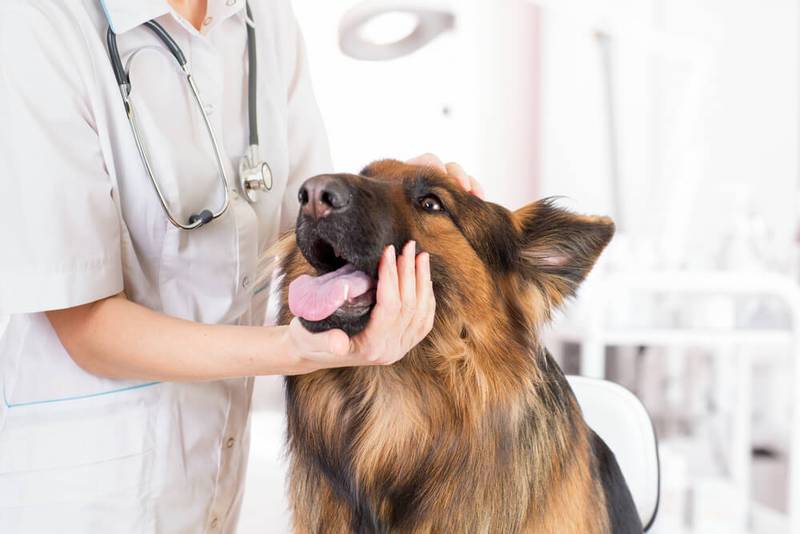
The danger of mycoplasmosis in dogs for humans
With the advent of the possibility of differentiation of mycoplasmas, the question of whether mycoplasmosis of dogs is transmitted to humans has closed. Only one person can infect another person with mycoplasmosis.
Ways of transmission: airborne, sexual, from an infected mother to the fetus through the placenta, infection of the child during passage through the birth canal.
Thus, canine mycoplasmas do not pose a danger to humans.
Treatment of mycoplasmosis in dogs
Treatment of mycoplasmosis in dogs should always be complex, and for this, both systemic drugs (antibiotics of the tetracycline, macrolide, lincosamide groups, as well as fluoroquinolones, their combinations) and topical agents are used: eye drops and / or ointments for conjunctivitis, sanitation of the prepuce with inflammation of the prepuce, douching of the vagina — with urogenital symptoms in bitches.
Since the manifestations of mycoplasmosis can be very diverse, the symptomatic treatment the doctor selects in each case is individual, aimed not only at the destruction of the pathogen (mycoplasma), but also at the speedy improvement of the patient’s quality of life. Sick animals are excluded from the breeding program. When planning breeding activities, breeders need (if possible) to make a choice in the direction of artificial insemination, control the movement of livestock in the nursery, and immediately isolate all animals suspected of mycoplasmosis until the results of laboratory tests. Such measures significantly reduce the risk of the spread of urogenital mycoplasmosis in the breeding stock.
Rehabilitation after treatment
It is impossible to underestimate the role of improving the conditions of detention, normalization of the diet, compliance with zoohygienic standards of the conditions for keeping a dog.
Complete walking, balanced diet, good psycho-emotional state of the dog — Here are the main measures to prevent the spread of mycoplasma. The treatment of concomitant diseases, if any (viral infections, other systemic pathologies), must be given the closest attention.

Preventive measures
Patients with clinical manifestations of mycoplasmosis, dogs with positive tests, it makes sense to isolate from the rest of the population, especially from pregnant bitches, puppies, debilitated and breeding animals, until the end of treatment and obtaining negative laboratory tests.
Sick pregnant bitches are recommended for delivery by caesarean section, and puppies — artificial feeding.
After the treatment, repeated PCR studies should be carried out no earlier than three to six weeks to exclude a false positive result.
The article is not a call to action!
For a more detailed study of the problem, we recommend contacting a specialist.
Ask the vet
24 September 2020
Updated: February 13, 2021



